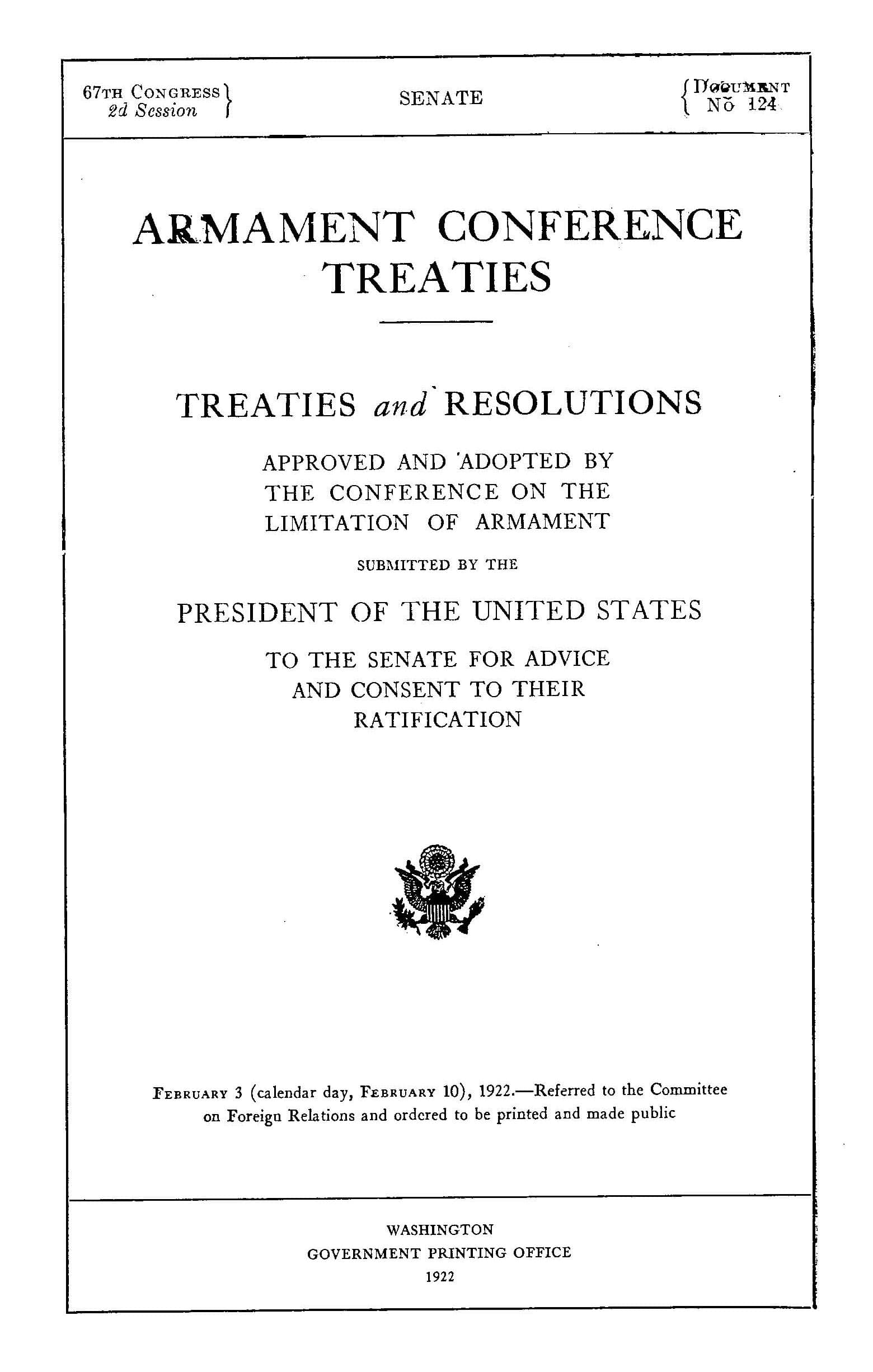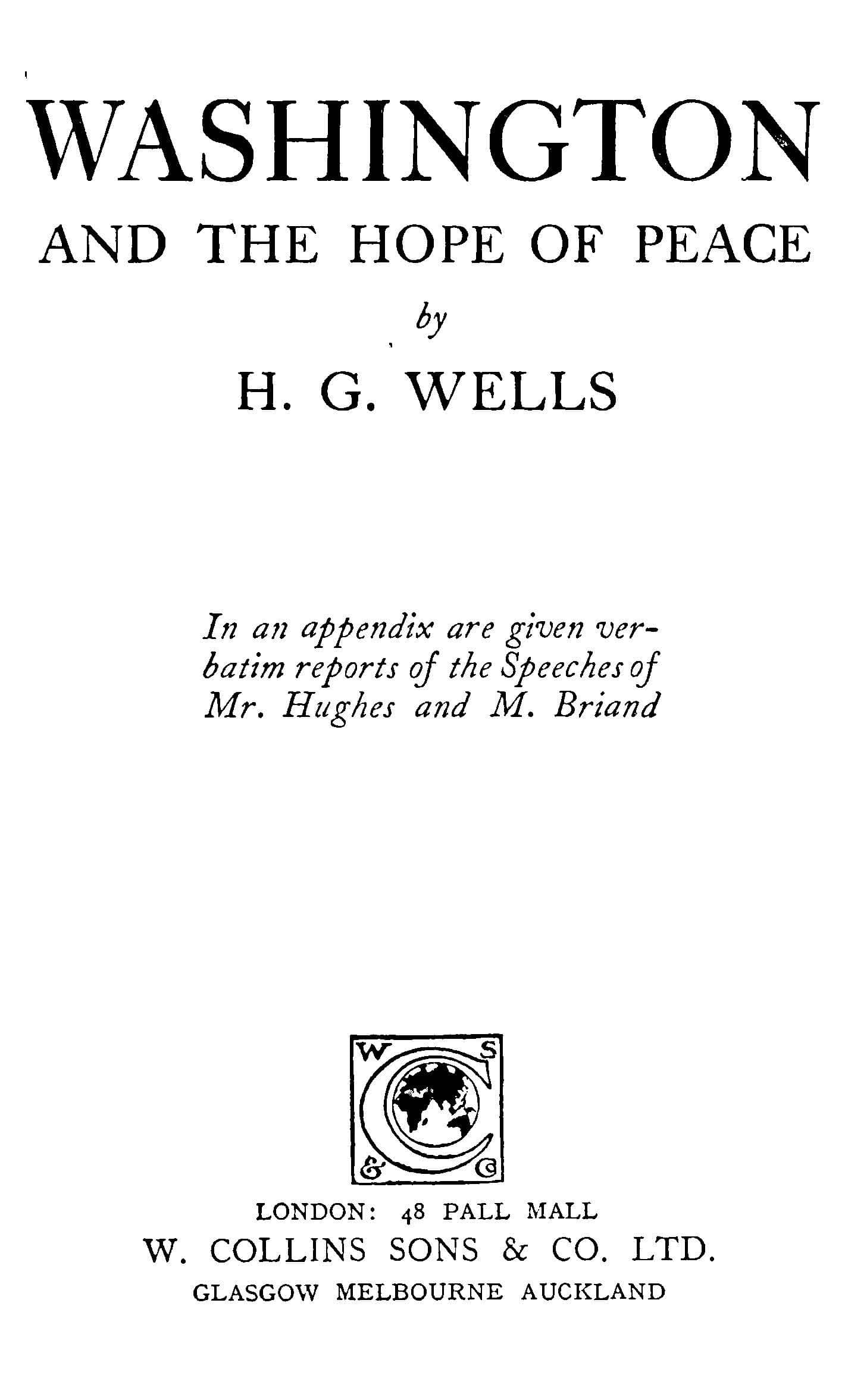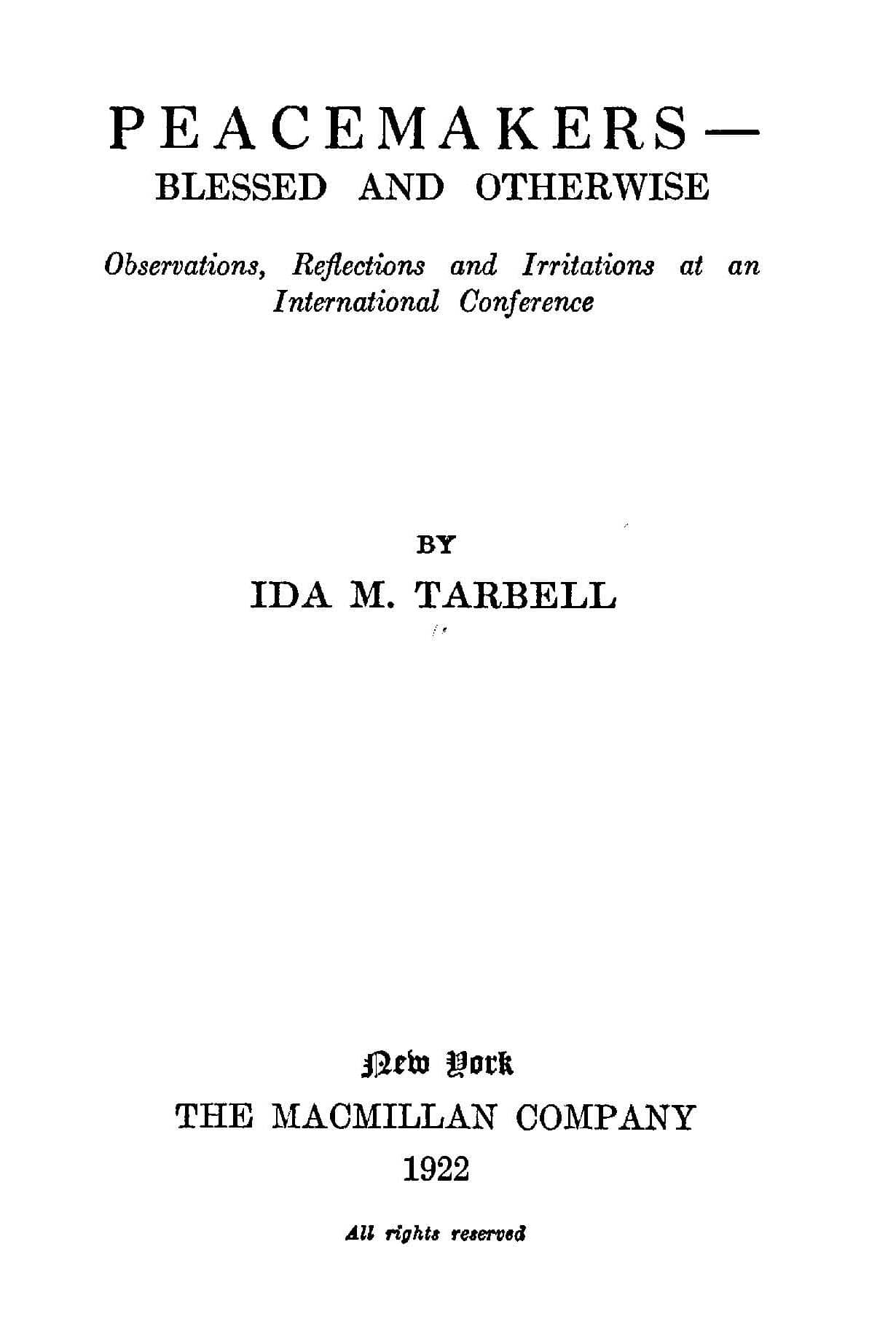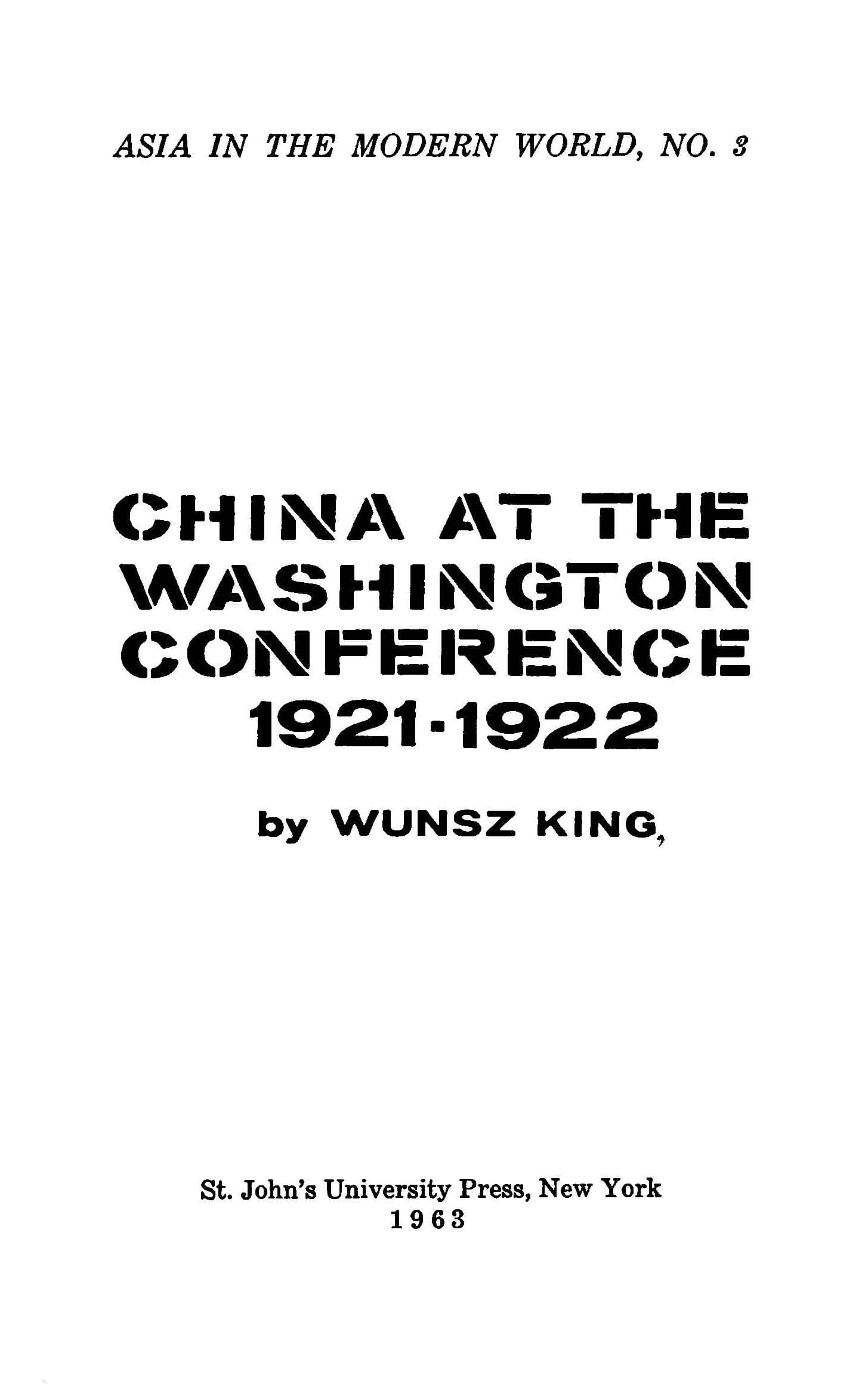HeinOnline is excited to announce a significant expansion to our History of International Law database with a new subcollection dedicated to the Limitation on Naval Armament. This expansion focuses on international peace keeping efforts in the aftermath of World War I. Let’s take a closer look at what’s new and its historical context.

About the Washington Naval Conference
Traumatized by the scale and breadth of World War I’s horrors, in 1921 the United States convened a disarmament conference in Washington, D.C., as tensions in East Asia mounted. In attendance were the world’s preeminent naval powers: the United States, United Kingdom, Belgium, China, France, Italy, Japan, the Netherlands, and Portugal. The conference’s objectives were to ease rising tensions with Japan by engaging in measured naval disarmament. Perhaps if the nine countries could work together to reduce the size of their navies, another world war could be avoided.
The Washington Naval Conference took place between 1921 and 1922. It resulted in several treaties, both major and minor, being signed. The three major treaties that arose from the conference were:
- The Nine-Power Treaty
- signed between the nine nations to respect the territorial integrity of China
- essentially internationalized the United States’ Open Door Policy in China, which was a late 19th-century policy that advocated for a system of equal trade and investment with China
- The Four-Power Treaty
- signed by the United States, France, the United Kingdom, and Japan
- hoped to ease tensions between the West and a rapidly militarizing Japan
- replaced the Anglo-Japanese Treaty of 1902
- required the four nations to peacefully resolve any controversy
- The Five-Power Treaty (commonly known as the Washington Naval Treaty)
- the cornerstone agreement of the Conference, signed by the United States, the United Kingdom, France, Italy, and Japan
- set tonnage limits for signing nations’ navies
- limited construction of new ships and forced signatories to scrap certain ships
- forbade the United States, United Kingdom, and Japan from expanding bases in the Pacific
About the Limitation for Naval Armament
The Limitation on Naval Armament subcollection allows users to explore these treaties using documents contemporaneous to the Washington Naval Conference as well as retrospective histories of the treaties and their successes and failures. Documents in this collection include official U.S. Government documents produced as a result of the conference as well as books that illuminate the state of international relations in the Pacific before the Conference. Additionally, users will also find documents from subsequent conferences which were later held to address shortcomings from the three major treaties.
Examples of content in this subcollection include:






History of International Law
The History of International Law database contains more than 3,300 titles that are crucial to understanding international law as it exists today. This database specializes in subjects such as war and peace, the law of the sea, international arbitration, The Hague conferences, and other topics in international law.



